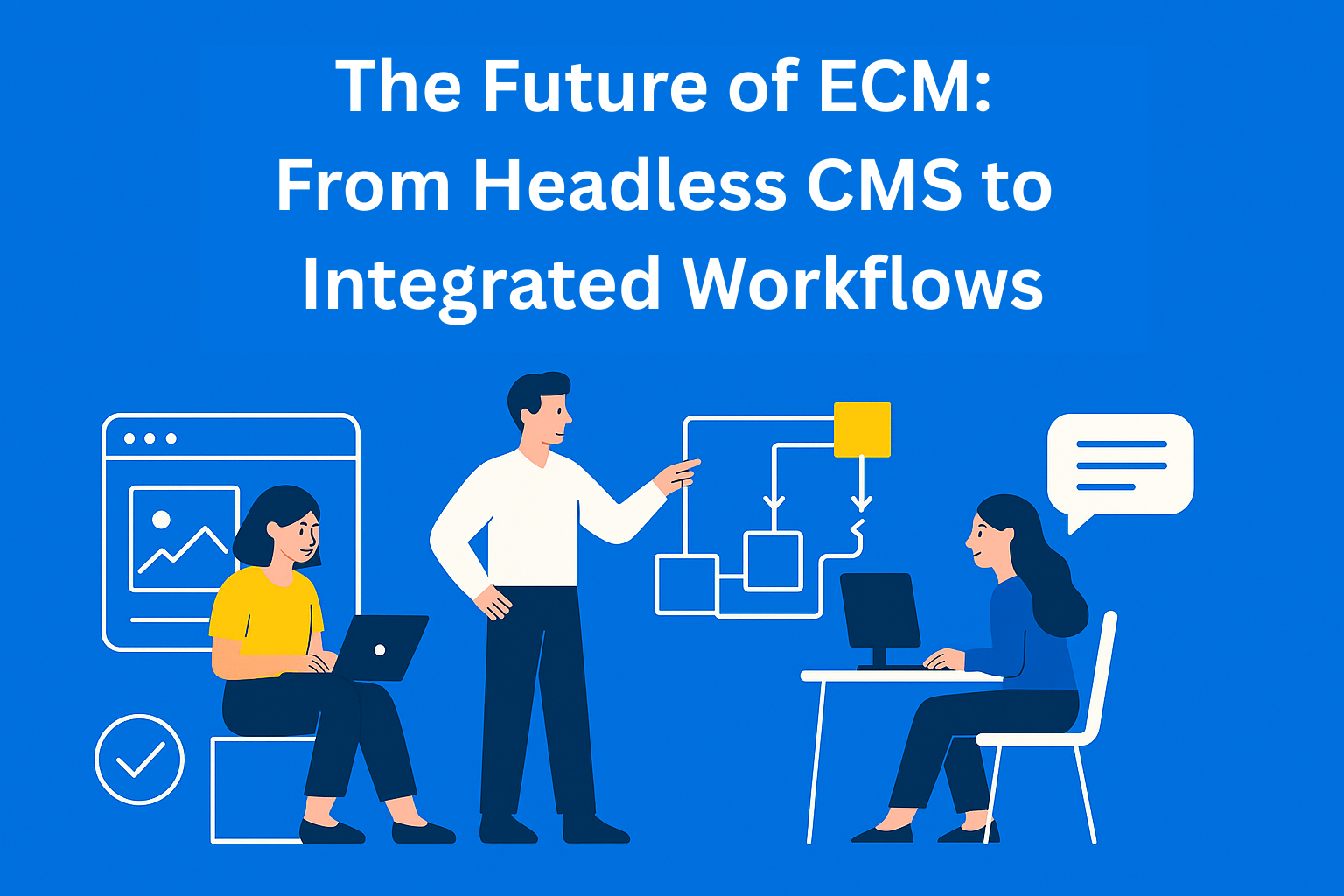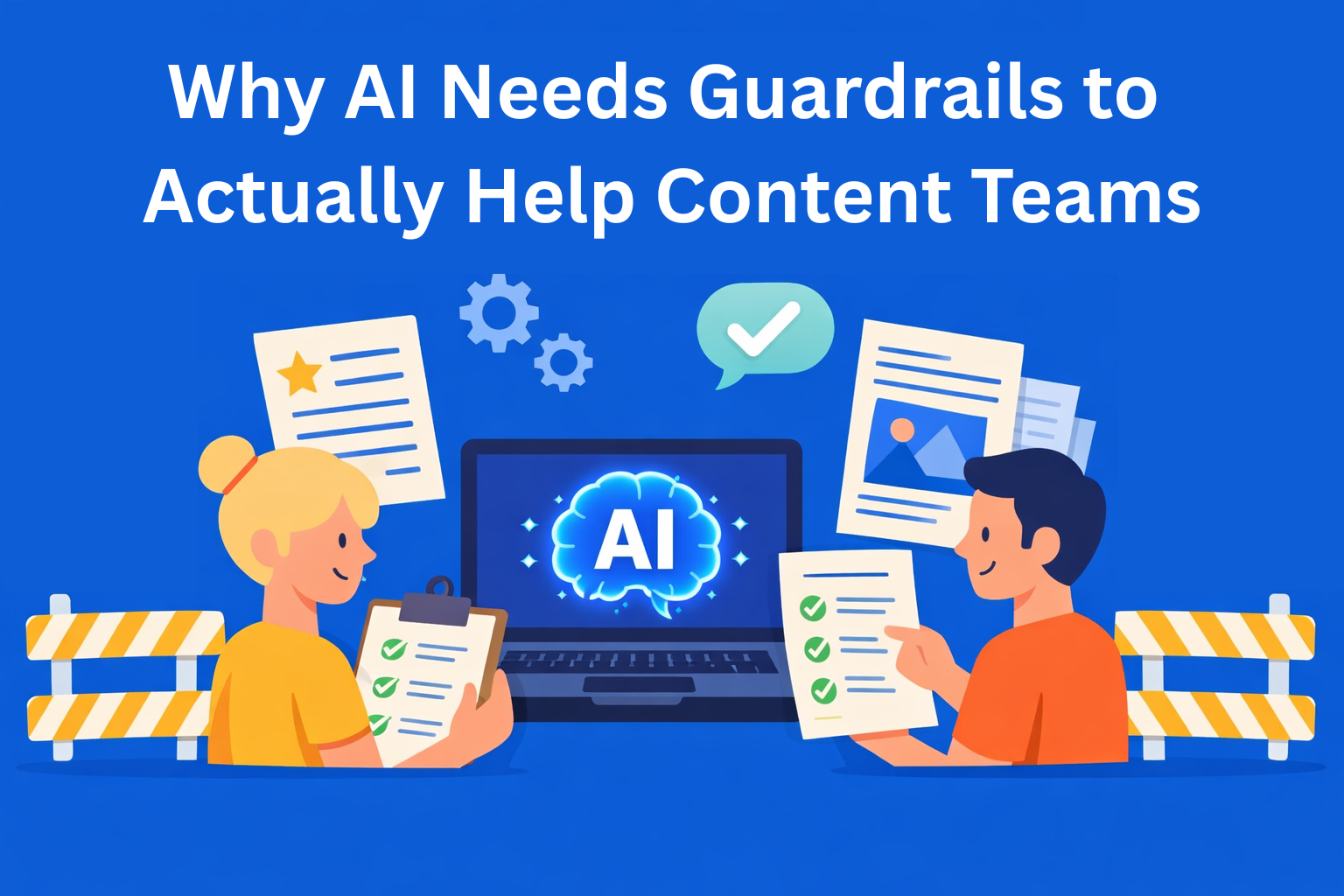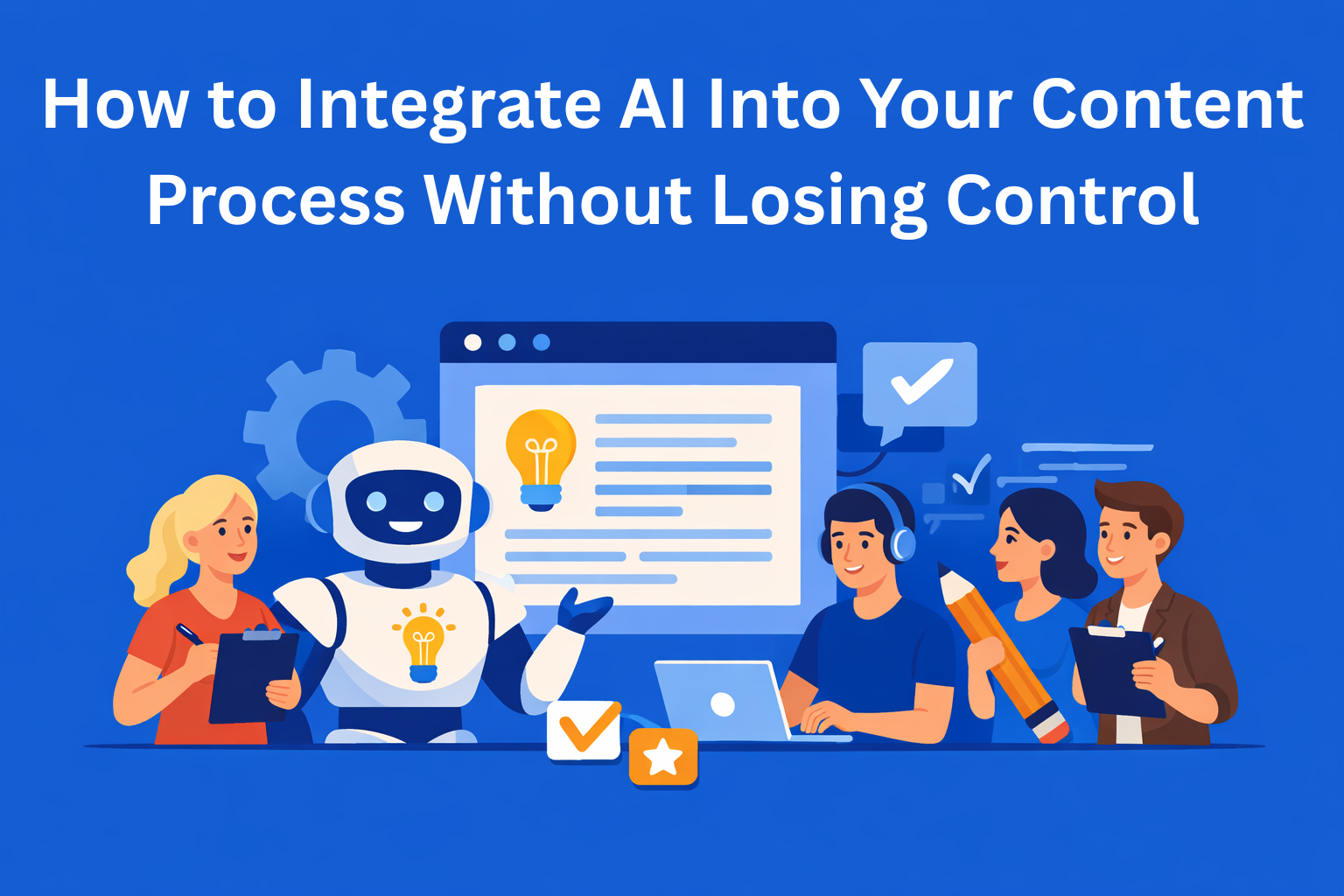The Future of Enterprise Content Management: From Headless CMS to Integrated Workflows
The future of Enterprise Content Management goes beyond storage. From headless CMS to connected processes, platforms like EasyContent simplify collaboration, automate tasks, and help teams focus on users instead of tools.

In the last ten years, the digital world has changed drastically. People no longer read content only on websites, but also through apps, social media, smart devices, and even virtual reality. That’s why the topic of Enterprise Content Management (ECM) has become important for companies. Today, ECM is not just a tool for storing files, but a way for people, processes, and technology to work together.
As the world became more complex, different models for managing content appeared. From traditional CMS systems, through headless CMS solutions, to new approaches that focus on integrated workflows. That’s exactly the transformation we are talking about in this blog.
Key Takeaways
- Traditional CMS can't keep up - they were built for websites, not multi-channel environments like apps, AR/VR, or smart devices.
- Headless CMS brings flexibility, but also complexity - managing multiple disconnected tools creates silos and slows teams down.
- Integrated workflows are the future - from idea to publication, content needs to flow through a connected system to save time and reduce errors.
- AI and automation enhance ECM - from smart tagging to predictive publishing and content generation, AI helps streamline operations.
- Connected content platforms empower collaboration - systems like EasyContent let teams work together, track changes, and publish seamlessly.
- Regulated industries benefit most from integration - unified workflows ensure compliance, legal approval, and content consistency across markets.
From Traditional CMS to Headless Approach
The first content management systems, so-called traditional CMS, were designed simply: a user enters text, an image, or a video into the system, and the CMS automatically displays that content on the website. This model was enough when the web was the only digital channel.
But then came apps, social media, and various smart devices. It turned out that traditional CMS could not easily deliver content to all those new channels. That’s where headless CMS comes in - a system that stores content separately in a database (backend) and sends it to different channels via API. This means the same text can appear at the same time on a website, in an app, or on a smartwatch.
Headless CMS brought flexibility and speed. But it didn’t solve everything. Companies quickly realized they had more tools than ever - one for content, another for images, a third for approvals, and a fourth for analytics. Managing all these systems became complicated.
Main Challenges in Today’s ECM Environment
Today’s digital business faces several challenges:
- Too many different tools - Instead of one system, companies use an entire ecosystem of separate apps. This makes collaboration harder.
- Channel complexity - Content must be created for websites, apps, social media, newsletters, and even new technologies like AR or VR experiences.
- Security and compliance - In industries like healthcare or finance, strict rules for privacy and data storage must be followed.
- Team collaboration - Marketing, IT, legal, and operations need to work together, which is not always easy when tools are disconnected.
All this shows that headless CMS alone is not enough. A better connection of processes is needed.
The Next Phase: Connected Processes
This is where platforms come in that connect the entire process - from idea, creation, and approval, all the way to publishing and performance analysis. One example of such an approach is EasyContent, which combines content management and team collaboration in a single environment.
What does this mean in practice?
- When a team creates new content - tasks, and deadlines are automatically assigned through the platform, so everyone knows who is responsible for what.
- When a new text is added, team members can comment and give feedback directly inside the platform.
- Once the content goes through all phases, EasyContent records version history and keeps all changes in one place.
This approach saves time and reduces mistakes. Instead of wasting energy on coordinating different tools, companies can focus on creating better content.
The Role of Artificial Intelligence and Automation
Integrated workflows become even more powerful when AI is included. Here are some examples of how:
- Automatic tagging: AI can recognize what is in an image and automatically add keywords.
- Predictive analytics: Based on previous data, the system can suggest the best time to publish.
- Generative AI: Faster content creation, for example headlines, short texts, or personalized messages for different users.
Instead of doing everything manually, automation frees up teams to focus on the creative part of the job.
Fictional Examples of How This Can Work in Practice
To better understand what integration means, here are some examples:
- Global brand - If a company publishes content for hundreds of local markets, connected workflows allow local teams to quickly translate and adapt content for each market. This ensures brand consistency globally.
- SaaS company - Marketing and education teams work in the same system. When a new feature is added, marketing copy and manuals are created together and published at the same time.
- Regulated industries - If banks or healthcare organizations use integrated workflows, they can ensure that every piece of content goes through legal approval, reducing the risk of breaking laws and regulations.
Conclusion
The future of Enterprise Content Management systems is not just about where content is stored, but how it’s used and how processes are connected. The next step is smartly connected processes - they will shape digital business in the coming years.
Companies that embrace this approach will become faster and more efficient. Instead of worrying about tools, they will be able to focus on users.






